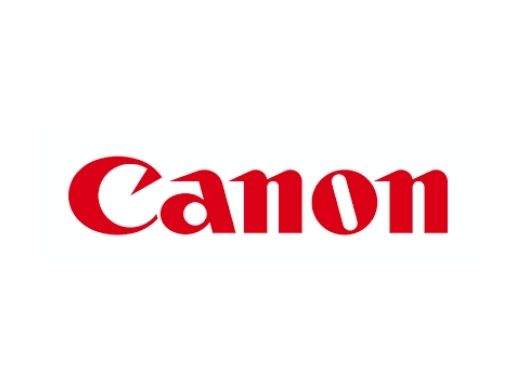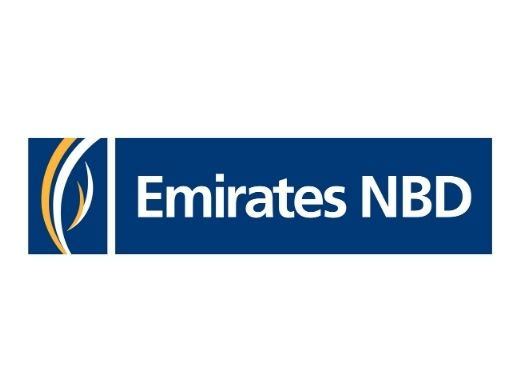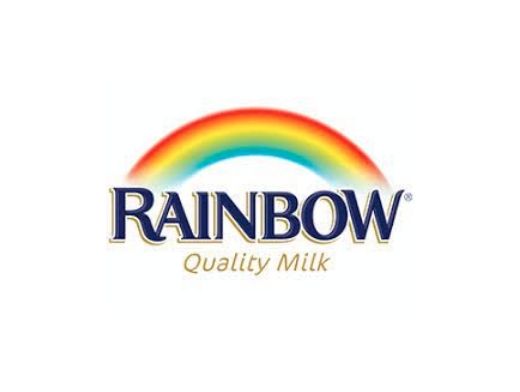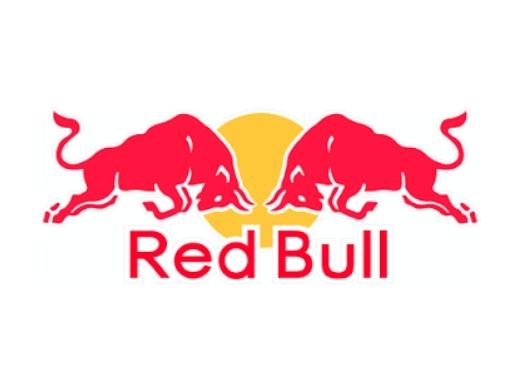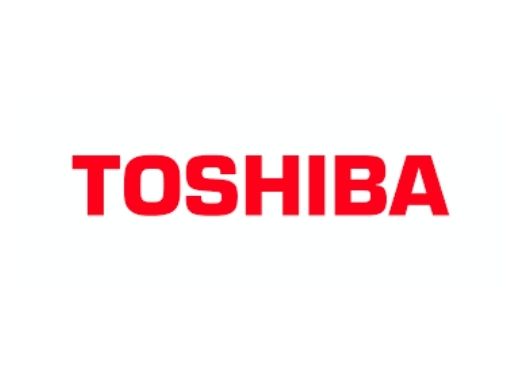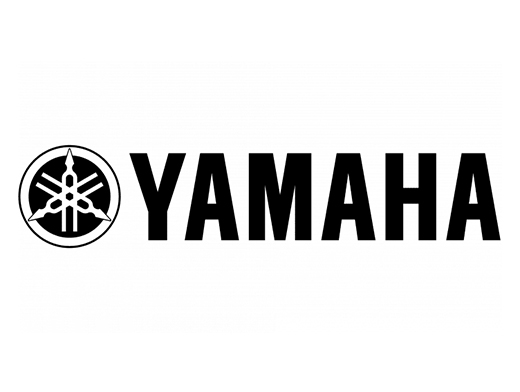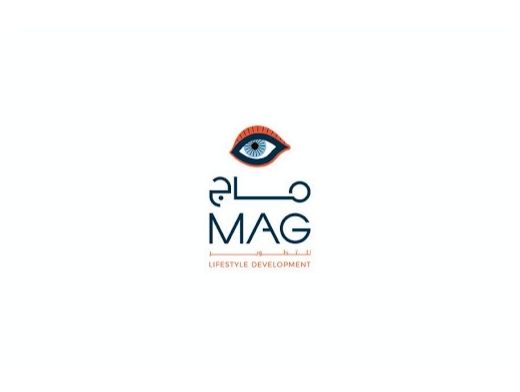With the advent of the digital age, the motion picture industry, like many others, changed drastically. For both creative and logistical reasons, professionals needed to learn how to use new and constantly growing technology as they transitioned from old-school film to digital data and complex computer systems. As a response, the industry created the Digital Imaging Technician to assist productions in meeting the demands of modern film.
What is the job description of a digital imaging technician?
A Digital Imaging Technician (DIT) is a member of the camera department crew who collaborates with the cinematographer (also known as the director of photography, or DP) on workflow, systemization, camera settings, signal integrity, on-set color correction, and other image manipulation to ensure that the production meets the DP's creative goals and achieves maximum digital image quality.
On feature films, a DIT also serves as a liaison between the production and postproduction teams, managing data from the set to the editing suite.
What are the responsibilities of a DIT?
The specifications of the DIT position are dependent on the production and its specific DP. On and off the set, the DIT is responsible for a variety of tasks.
1. Before and throughout production, the DIT communicates with the DP to ensure that their needs and vision are satisfied. This is especially helpful when the director of photography is experienced with film material but requires assistance in getting their intended look digitally. To do this, the DIT keeps track of image exposure, creates a daily Color Decision List (CDL), and creates post-production "lookup tables" (LUTs). (The DP determines how closely a DIT collaborates with him or her on creative topics.) Some cinematographers want or require assistance, while others do not.
2. The DIT creates a workflow for the production and post-production crews that is agreed upon by all parties. This is critical for a smooth transition from set to editing.
3. Following the establishment of standards and best practices, the DIT ensures that the exposure and color baseline is maintained throughout production through strict quality control, ensuring that image quality is never compromised.
4. The DIT assists camera assistants in evaluating focus, keeping an eye out for boom shadows, undesired reflections, lens flares, and other blunders to guarantee that what everyone sees on set on monitors is what they'll see in dailies. They connect with the digital camera operator to make adjustments when something appears to be off on their monitor.
5. Data management is an important aspect of the DIT's job on set. The DIT must ensure that the original camera data and metadata are backed up at least twice per day, including checksum checking to ensure data integrity. They store data on LTO tape, which is more durable than electronic devices and utilized for long-term storage. They also make a copy on a data transfer carrier, which they send to post-production with the content reports. The DIT ensures that the data is always accessible and saves it in a system where it can be accessed, with each clip's information shown.
6. After evaluating the material's quality and making working copies, the DIT provides the recordings to the post-production team.
7. The DIT protects the digital audio that was recorded by the Production Sound Mixer's external digital audio recorder.
What are DITs Main Skills?
1. To achieve the smoothest workflow, have a professional understanding of digital cameras, file formats, storage media, and computer systems.
2. Understand contrast, focus, lighting, cinematography, and color in digital photography, as well as how to grade raw footage.
3. Problem-solving: be able to troubleshoot and repair equipment, technology, and cable connections
4. Communication: advise the director of photography on the advantages and disadvantages of various set-ups, act as a liaison between the set and the post-production team, and establish the best possible workflow between the two.
5. Understanding how a film set works, the roles that people play on it, and the production process are all important aspects of film production.
What Types of People Does a Digital Imaging Technician Work with?
The camera department and DITs work together the most. They are required on occasion to assist the director of photography. They also require an excellent working connection with the second assistant director, as they are responsible for providing footage to the DIT when needed. DITs are frequently required to take reference photos for departments such as hair and make-up, costume, and the script supervisor. They're helped by a data wrangler on larger productions.







